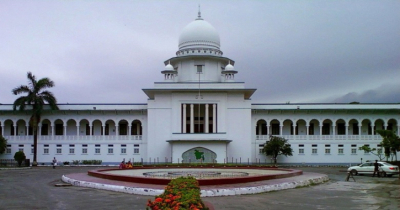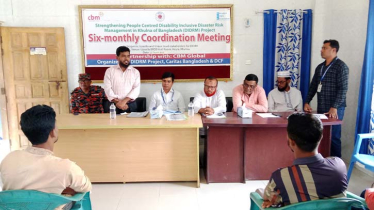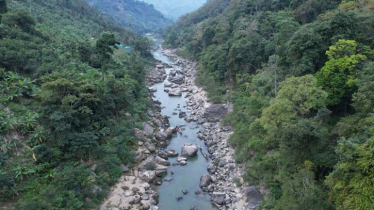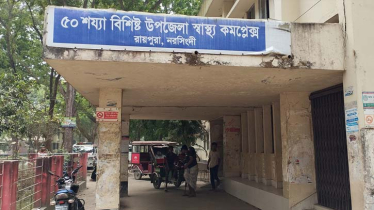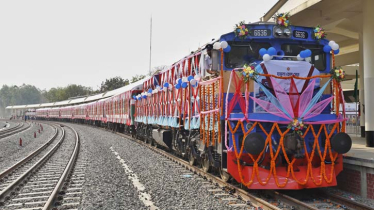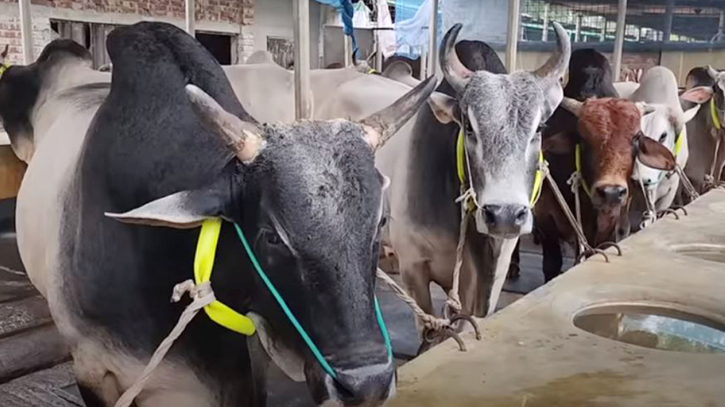
Cows are seen being fed at a cattle farm in Sirajganj sadar upazila. photo TDM
Preparations are underway in Sirajganj for Eid-ul-Azha, with approximately 400,000 sacrificial animals being fattened in farms across nine upazilas. Farmers hope to generate extra profit by raising and rearing these animals to meet local and national market demands. However, the gradual increase in beef prices poses concerns for farmers, who currently spend a significant portion of their daily expenses on cow feed.
This situation may lead to financial burdens if the cows cannot be sold at fair prices, and traders fear it will further increase the costs of sacrificial animals.
According to the district animal resources office, approximately 17,000 small and large farmers are involved in raising different species of cattle, including cows, buffaloes, goats, sheep, and goats, across the nine upazilas. A total of 386,396 cattle have been fattened on these farms, comprising 171,712 bulls, 1,405 buffaloes, 155,000 goats, and 61,133 sheep.
Farmers anticipate earning extra income by selling these cattle during Eid-ul-Azha. They have spent the entire year raising and fattening the animals on their homes and farms, allowing them to naturally feed on locally grown green grass. This practice has not only generated income but has also provided employment opportunities for thousands of people in the district.
Farmers are facing concerns over the rising prices of cow feed. The cost of wheat husk has increased from Tk 1,800 to Tk 2,200 per 37 kg bag, while a 74 kg bag of 'khoil' now costs between Tk 3,400 and Tk 3,600, up from Tk 2,800 last year. The cost of cow fodder has surged significantly in recent years, while farm worker salaries have risen to a minimum of Tk 15,000 from the previous range of Tk 8,000 to Tk 10,000. These factors, along with additional interest on bank and NGO loans, have impacted farm profitability.
Farmers like Shafiur Rahman, the manager of Talukdar Dairy Farm in Kalia Kandapara, Sadar Upazila, fear incurring significant losses due to the abnormal increase in beef prices. Dr. Mizanur Rahman, the Shahjadpur Upazila Livestock Officer, recommends that farmers focus on growing quality grass to reduce the cost of cow feed and improve the overall health of the cattle.
According to Shahjadpur Upazila Livestock Officer Dr. Mizanur Rahman, there are approximately 7,000 cow farms in the upazila. He emphasizes the importance for real farmers to focus on growing quality grass to meet the cattle's fodder demand.
District Animal Husbandry officer, Dr. Gaurang Kumar Talukder inspects farms in each upazila, providing necessary advice and medication to farmers. The district plans to sell cattle through 31 permanent and 16 temporary cattle markets, while also introducing online platforms through the Upazila Livestock Office for uploading pictures of animals and facilitating online sales.
TDM/SD

